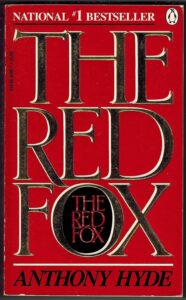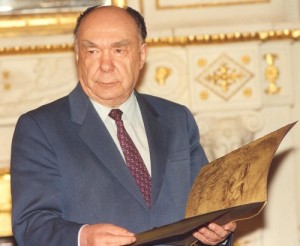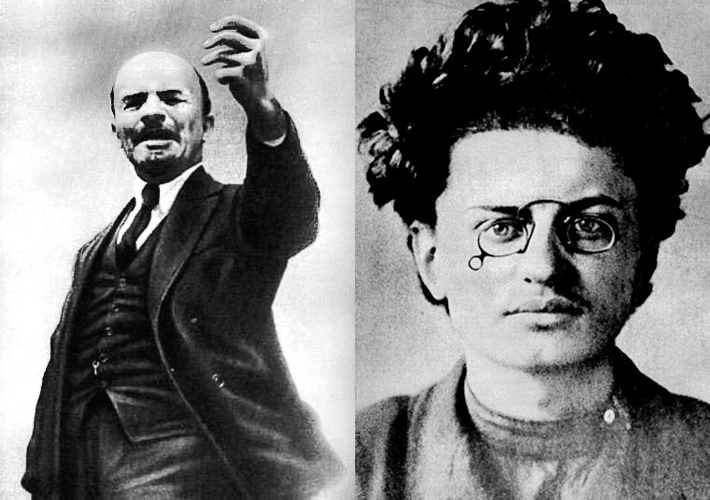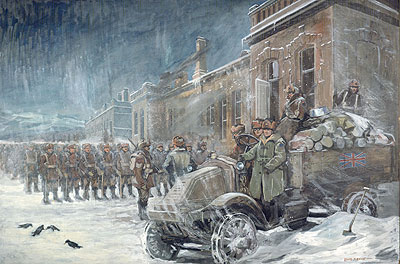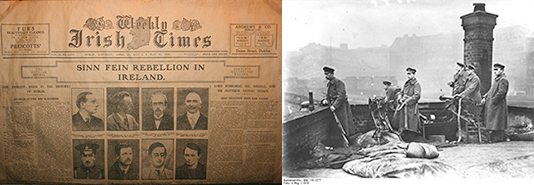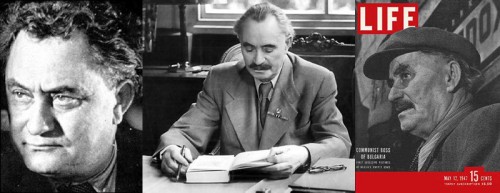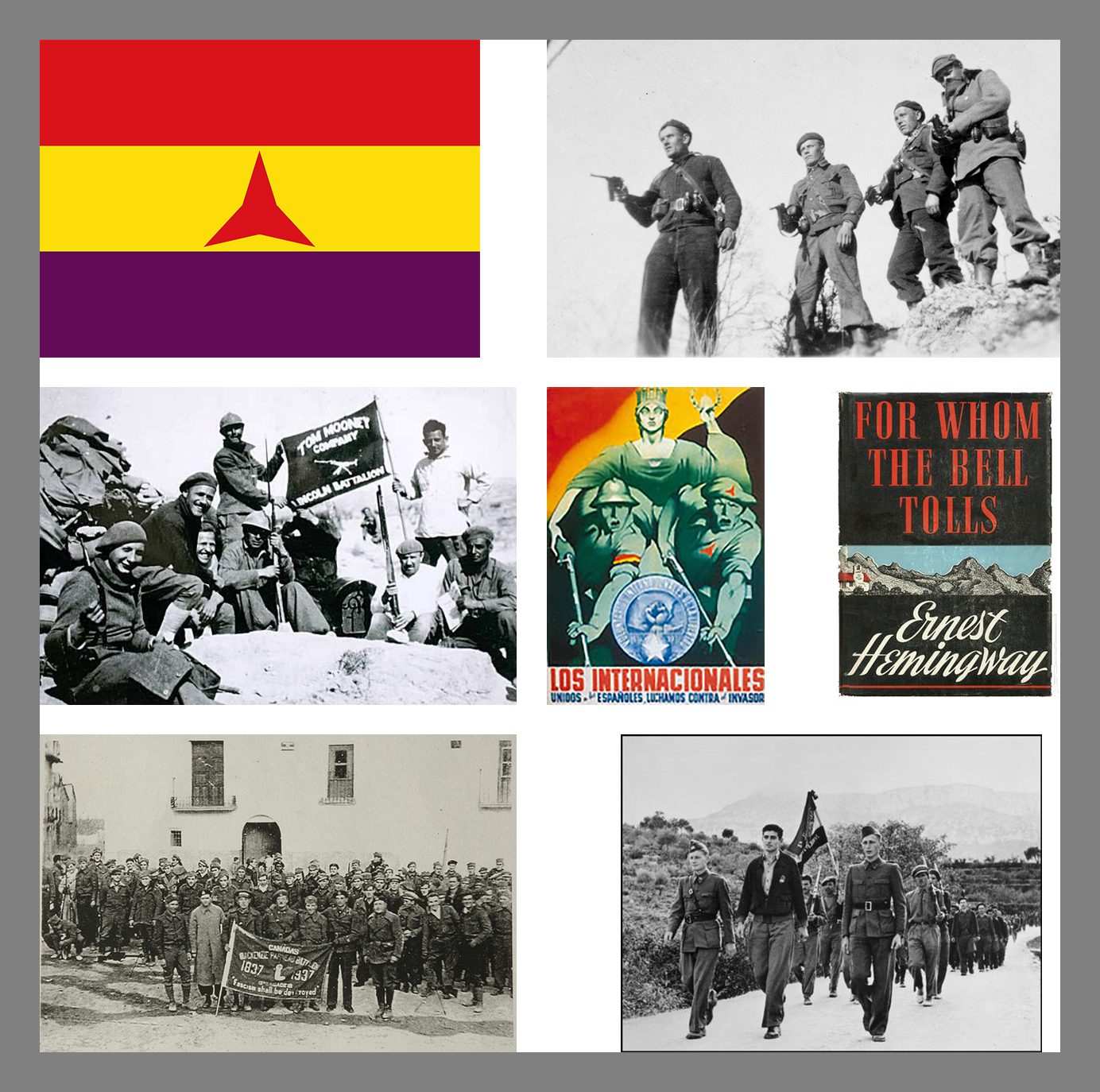The Red Fox covers a lot of historical ground, from the Russian Revolution of 1917 through the Cold War. In fact, my idea, in writing it, was to see how much real history you could put into the “popular” form of the spy novel. At the heart of the book is a very real character, Georgi Dimitrov (1882-1949), a Bulgarian, and one of the most important Communist leaders outside of the Soviet Union. He was accused by the Nazis of heading a conspiracy to burn the Reichstag (February 27, 1933), and his trial turned him into a hero of the international Left. Skillfully conducting his own defense, he made fools of his accusers, including members of the Nazi leadership, and was ultimately acquitted.
All this “true” history is woven into the novel, but what especially interested me was an anecdote I’d been told by a person who was a courier for the Communist Party of Canada while it was illegal and underground. This person claimed to have seen a memorandum outlining the agenda for a meeting between Dimitrov and Canadian communists, much as set out in The Red Fox. This was my starting point for the plot. And I was able to work in more history around the character of Harry Brightman, fictional, but also based on a real person, who made a fortune roughly in the way outlined in the book, though he wasn’t a spy. Once, just before a television interview, the interviewer mentioned that earlier in the day he’d done an interview with the Canadian journalist, June Callwood, and when he mentioned that he’d be talking to me she’d exclaimed, “Oh yes, he’s written that interesting novel about—” and supplied the correct name of the Brightman character. Of course I went through the next twenty minutes in a cold sweat, fearing the interviewer would blurt the name out; but he didn’t.
The novel’s third theme was, at the time, both historical and prescient. You must remember that The Red Fox appeared in 1985 while the Cold War was still going strong. On “our” side of the Berlin Wall, the source of all evil was communism as incarnated in the Soviet Union. But The Red Fox hints at another possibility, the long reactionary and anti-semitic tradition in Russian affairs which was already showing up in ‘The Russian New Right’ (to use the title of Alexander Yanov’s important monograph on the subject).
This was the reason I brought in the Romanov’s. This bothered some people but of course the political right in Russia has long had a strong Royalist element, and the mysterious fate of the Russian royal family may hint that the future could be more mysterious than most people think. Bearing in mind developments in Putin’s Russia, I think my look back was insightful; but that’s for the reader to judge.
Table Of Contents
- THE NEW RUSSIAN RIGHT
- The Background of Russian Nationalism
- The Beginnings of Russian Nationalism in the USSR
- GEORGI DIMTROV AND THE COMINTERN
- THE RED FOX
THE NEW RUSSIAN RIGHT
“Enormous political successes can be won on the basis of ideas that are at best semi-rational.” Karl Wittfogel, Oriental Despotism.
In 1985, the year The Red Fox was published, Ronald Reagan was sworn in for his second term as President of the United States, and Mikhail Gorbachev became the leader of the USSR—the two would meet for the first time that November. It was also the year when Steve Jobs was ousted from Apple (to return in 1997), and the world’s first autofocus SLR was released—shooting film, of course. So it was a long time ago. Gorbachev was clearly someone who was a little different; it was at least possible to hope that things were changing. But few believed the Berlin Wall would fall (it did, four years later) and nobody believed that the USSR be dissolved, as it was in 1991. The Cold War was still on. “International Communism” was still the enemy. And certainly, in spy novels, the villains were to be found in “Moscow Centre,” among ruthless old Stalinists like “Karla.” The Reds were still the Menace. But not in The Red Fox. The KGB were involved, or at least a group within the KGB, but they weren’t Communists. On the contrary, their beliefs and ideology made them ultra-nationalists on the far Right of the political spectrum. The rise of a “New Right” in Russia had been noted by a small number of academics and journalists, beginning in the 1970s, but it was an obscure phenomenon unknown to most people. As a student of Russian history, however, I found it extremely significant, pointing the way to Russia’s future, and so I built it into my book. As it turns out, I can claim a certain prescience: today, the New Right is a significant part of the Russian political landscape. Who were these people? Where did the “Russian Right” come from? An historical question. But very much alive in the present.
The Background of Russian Nationalism
The Russian Right begins, as do all Russian ideological tendencies, in the bubbling cauldron of philosophical and social thinking that marked the Russian nineteenth century. Two great intellectual currents dominated this period, associated with “the Slavophiles” and “the Westernizers.” These groups were undoubtedly different, the arguments and conflicts between them fierce, but by the end of the century they were all converging into nationalism, and a nationalism that was moving to the political right.
The Westerners saw Russia’s future in an emulation of the political and social development of the west: they were following in the footsteps of Peter the Great, who’d taxed beards in order to make his boyars look more “european.” In the 19th Century, the westernizers great leader was Alexander Herzen (1812-1870), the illegitimate son a wealthy nobleman. Given an elite education, he joined a study group at the University of Moscow that was reading Schelling, the German idealist, and Saint-Simon, the French social philosopher—a crime that earned him an six year sentence of exile, extended for another two years because of a sarcastic remark made to a policeman. Hardened by this experience, he became more radical, turning first to Hegel and Feuerbach—the two great influences on Marx—and then to Proudhon, the French anarchist and socialist. In 1847, as popular revolution spread across Europe, Herzen went to Paris, where he was very quickly disillusioned. Europe, he decided, was no longer a progressive historical force; “fettered by the richness of her past,” she was incapable of revolution. So Herzen, the Great Westernizer, turned back to Russia, where he found inspiration in the peasants’ commune, which he saw as the basis for a new socialist order. In his life, he never returned to Russia again, but his thought was now focussed there, away from the West. His politics moved away from revolution to reform, and a belief in an “enlightened autocracy.”

